Navigate and get Biology Abstract Templates for your personal or corporate cases. Start modifying your forms immediately with a free DocHub account.

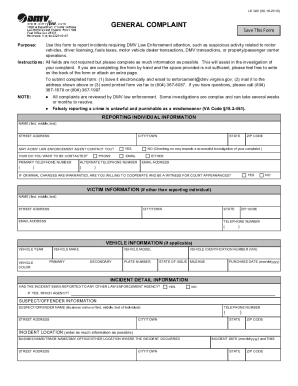




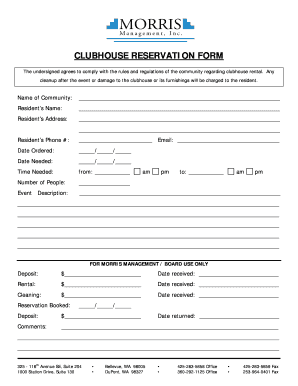

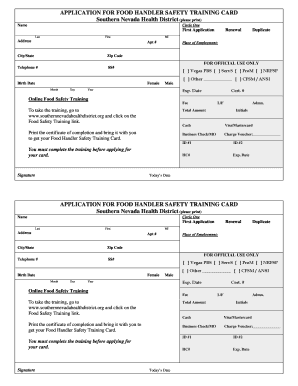

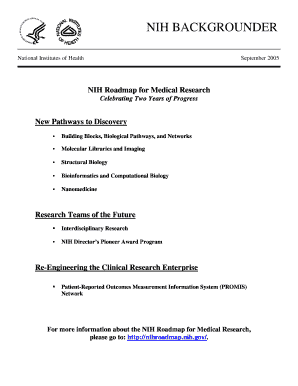
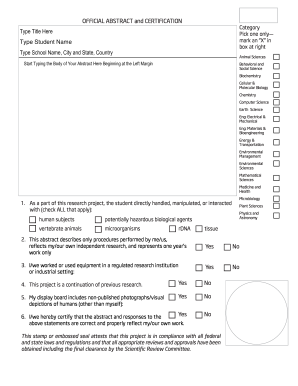

Boost your form operations with the Biology Abstract Templates library with ready-made document templates that meet your requirements. Access the document template, alter it, fill it, and share it with your contributors without breaking a sweat. Begin working more effectively together with your documents.
The best way to manage our Biology Abstract Templates:
Examine all the possibilities for your online document administration with our Biology Abstract Templates. Get your totally free DocHub account right now!